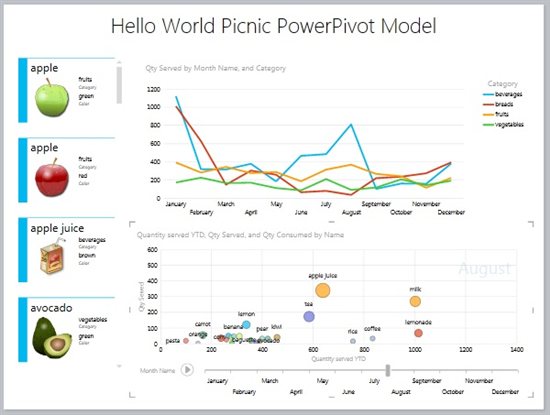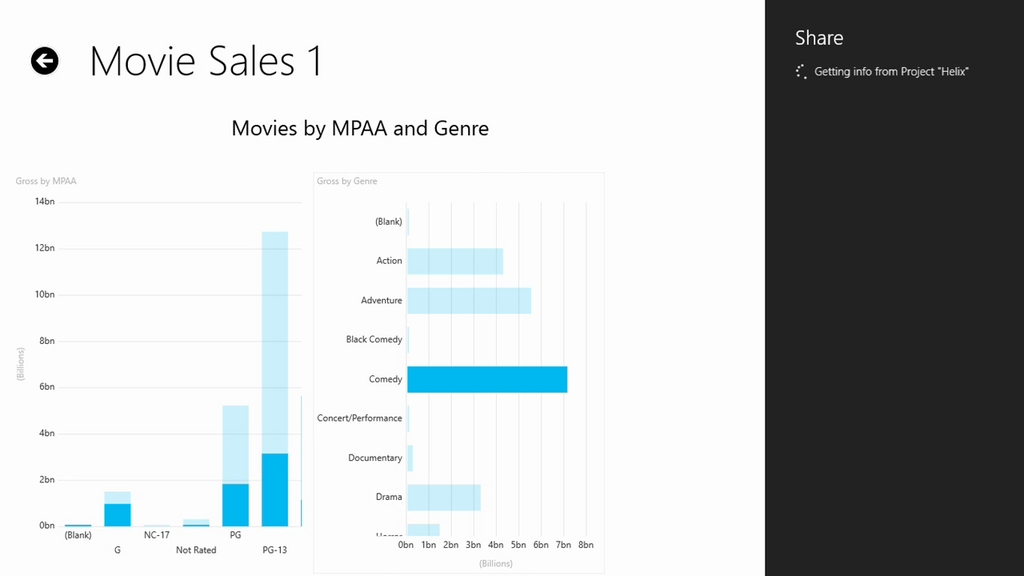
Last year I had the fantastic opportunity to attend SQL Saturday #105 over in Dublin on the company dime. A fantastic, free training event, SQL Saturday brings together a number of industry leaders and enthusiasts to deliver talks on a number of topics related to Microsoft SQL Server. Well, my colleagues and I are thoroughly looking forward to next Saturday, 8th June 2013, when SQL Saturday makes its long awaited Scottish debut!
read more




